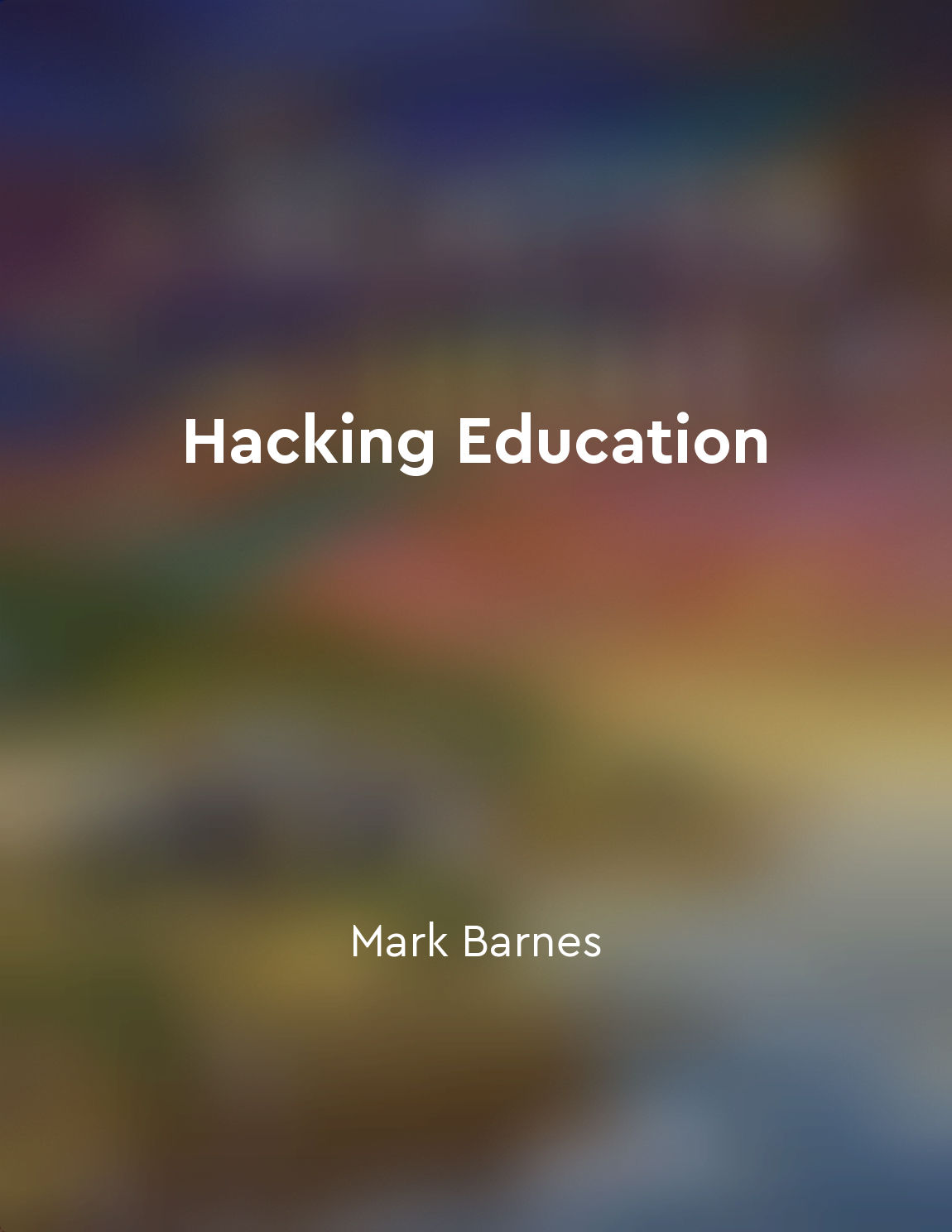Plan for smooth transitions from "summary" of Teach Like a Champion by Doug Lemov
The concept of planning for smooth transitions is essential in maintaining a structured and engaging learning environment. When teachers anticipate potential disruptions or delays during transitions, they can implement strategies to ensure a seamless flow of activities. By proactively addressing common transition challenges, such as students packing up slowly or getting off task, teachers can minimize downtime and maximize instructional time. One effective strategy for planning smooth transitions is to establish clear expectations and routines. By clearly communicating the steps students should follow during transitions, teachers can help them understand what is expected of them and reduce confusion. Additionally, consistent routines help students develop habits that promote efficiency and attentiveness during transitions. Another key aspect of planning for smooth transitions is providing students with clear signals and cues to indicate when a transition is about to occur. Whether it's a verbal announcement, a visual timer, or a specific signal, these cues help students prepare mentally and physically for the upcoming change. By giving students advanced notice and guiding them through the transition process, teachers can prevent disruptions and keep students focused on the task at hand. Furthermore, teachers can facilitate smooth transitions by strategically arranging classroom materials and seating arrangements. By organizing the physical space in a way that promotes movement and minimizes obstacles, teachers can help students transition quickly and smoothly between activities. Additionally, assigning designated areas for specific tasks can help students stay on track and make transitions more efficient. In summary, planning for smooth transitions involves anticipating potential challenges, establishing clear expectations and routines, providing signals and cues, and organizing the physical space effectively. By implementing these strategies, teachers can create a structured and engaging learning environment that maximizes instructional time and minimizes disruptions.Similar Posts
Ethics in learning
The importance of ethics in learning cannot be overstated. It is the foundation upon which all knowledge and education are buil...
Respect diverse perspectives and experiences
One of the keys to effective facilitation is recognizing and valuing the wide range of perspectives and experiences that partic...
Use technology judiciously as a study tool
It is important to recognize the role that technology plays in our lives as students. While it can be a powerful tool for learn...
People have a limited capacity for cognitive processing
Our brains are powerful, but they are not unlimited in their capacity. We can only process a certain amount of information at a...
Interleaving different topics or skills improves retention
When we mix up the topics or skills we are trying to learn and remember, we improve our ability to retain that information. Thi...
Use humor appropriately to lighten the mood and build rapport
When engaging in conversation, it is important to remember that humor can be a powerful tool to lighten the mood and establish ...
Inspire a sense of wonder in the world
The idea of inspiring a sense of wonder in the world is about encouraging individuals to see the beauty, complexity, and magic ...
Sleep is crucial for memory consolidation
Sleep is essential for memory consolidation. When we learn something new, our brain stores the information in short-term memory...

Empower students to become lifelong learners
Empowering students to become lifelong learners is about equipping them with the necessary skills, mindset, and tools to take o...
Writing is a craft that can always be improved
Writing is a craft that demands constant attention, care, and practice. It is an art form that requires dedication and a willin...
